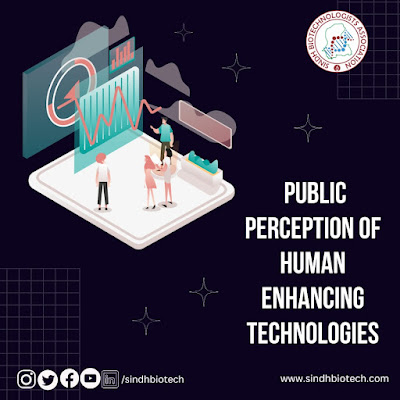Impact of SARS-CoV-2 on Human Body Organs
INTRODUCTION
SARS-CoV-2 is the pathogen responsible for COVID-19.
This disease got emerged from Wuhan city in China and has been declared as the
global emergency situation by WHO (of the International, 2020). This pandemic
affected the economy of the world badly with about 2,101,164 confirmed cases.
STRUCTURE OF VIRUS AND ITS ENTRY IN CELL
It is a single-stranded RNA enveloped virus
comprising of 4 proteins namely Spike, Envelope, Nucleo-capsid and Membrane
proteins. Spike proteins cover its outer surface and are involved in
attachment to the host cell receptor. SARS-CoV-2 gains entry into the cell
through ACE-2 receptors (Walls et al., 2020). When these
spike proteins bind to the receptors, Transmembrane serine proteases get
active and mediates viral entry into the host cell and after entrance viral
RNA is released into the host cell (Wang et al., 2020) and then
replication and transcription of the viral genome take place. The synthesis,
assemblage and packaging of viral proteins take place thereafter.
ANGIOTENSIN CONVERTING ENZYME-2
Angiotensin-Converting Enzyme-2 is a protein present
on the surface of cells. It is basically involved in the cleavage of larger
protein angiotensinogen into smaller subunits (Zhang, Penninger, Li, Zhong, & Slutsky, 2020).
ACE-2 is present in almost all the vital organs of the
body such as the heart, lungs, kidneys, liver etc. It is normally involved in the
regulation of processes such as blood pressure, wound healing and inflammation (Albini, Noonan, Pelosi, Di Guardo, & Lombardo,
2020). However, ACE2 is also present in
the epithelial even if it is of nose or mouth or lungs.
Normally ACE2 breaks down angiotensin II but the virus
gets control over ACE 2 receptors thus enabling Angiotensin II to cause
inflammation and death of alveolar cells that occurs due to an increase in the amount
of angiotensin II.
ORGANS MOST COMMONLY INFECTED BY SARS-CoV-2
The virus gets entry more frequently into the lungs
through nose or mouth and get over the control of ACE2 receptors in the lungs thus
causing difficulty in breathing and coughing (Robba, Battaglini, Pelosi, & Rocco, 2020).
The virus might also affect the heart as it gets over the
control of ACE2 receptors of myocardial cells as well as those present in
kidneys and other vital organs in the body that causes cardiac arrest and
kidney failure depending on the severity of an attack of virus and taking over the
control of ACE 2 receptors.
By: Zoha Khan
REFERENCES
- Albini, A., Noonan, D. M., Pelosi, G., Di Guardo, G., & Lombardo, M. (2020). The SARS-CoV-2 receptor, ACE-2, is expressed on many different cell types: implications for ACE-inhibitor-and angiotensin II receptor blocker-based antihypertensive therapies—reply. Internal and emergency medicine, 1-2.
- of the International, C. S. G. (2020). The species Severe acute respiratory syndrome-related coronavirus: classifying 2019-nCoV and naming it SARS-CoV-2. Nature Microbiology, 5(4), 536.
- Robba, C., Battaglini, D., Pelosi, P., & Rocco, P. R. (2020). Multiple organ dysfunction in SARS-CoV-2: MODS-CoV-2. Expert review of respiratory medicine, 1-4.
- Walls, A. C., Park, Y.-J., Tortorici, M. A., Wall, A., McGuire, A. T., & Veesler, D. (2020). Structure, function, and antigenicity of the SARS-CoV-2 spike glycoprotein. Cell.
- Wang, Q., Zhang, Y., Wu, L., Niu, S., Song, C., Zhang, Z., . . . Yuen, K.-Y. (2020). Structural and functional basis of SARS-CoV-2 entry by using human ACE2. Cell.
- Zhang, H., Penninger, J. M., Li, Y., Zhong, N., & Slutsky, A. S. (2020). Angiotensin-converting enzyme 2 (ACE2) as a SARS-CoV-2 receptor: molecular mechanisms and potential therapeutic target. Intensive care medicine, 46(4), 586-590.




Comments
Post a Comment